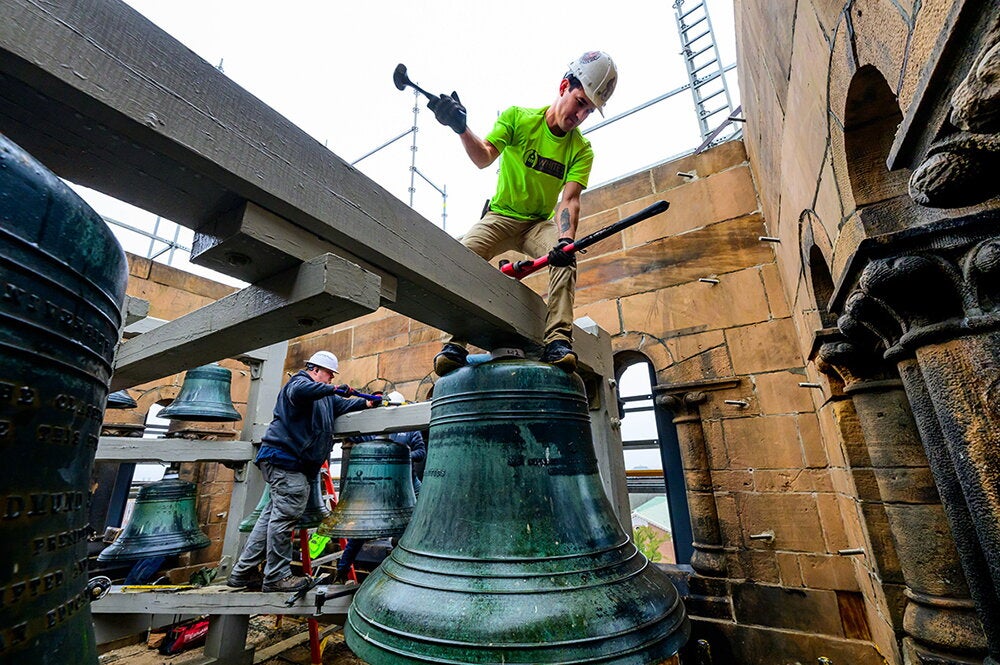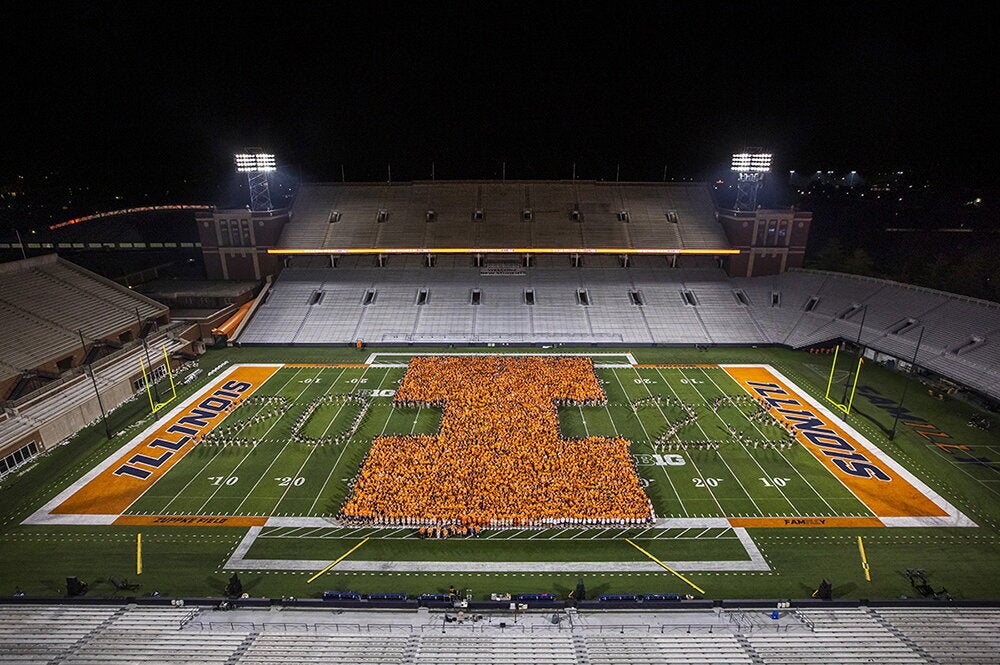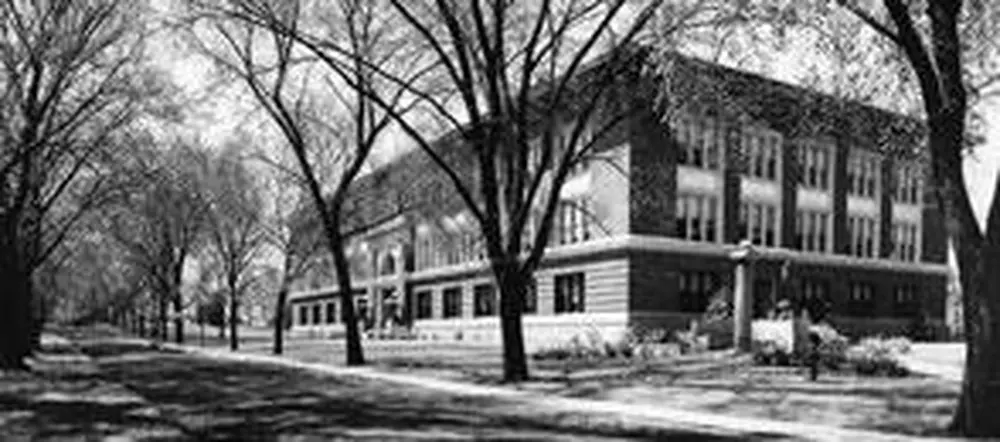
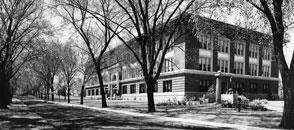
Hopes have been raised, and dimmed, several times in recent years as to whether Lincoln Hall would receive an overdue restoration. They were raised in spring 2006 when the state released the second, and final, installment of funds for architectural studies and other planning work—usually an indication that the project is a priority for the state.
Expectations dimmed in August when the state's long-delayed budget was finally released. Noticeably absent was the $55.1 million requested to meet the price tag for remodeling the structure.
Still, the college is remaining optimistic, urged on by University and state officials who are now keeping their eyes on the Illinois House, which has yet to approve the governor's $25.4 billion Illinois Works capital expenditures plan, of which the Lincoln Hall remodeling funds are a part. If approved, the funds for Lincoln Hall will be released in fall 2008.
“We're proceeding as if all is a go for groundbreaking next fall,” says Matthew Tomaszewski, LAS's assistant dean for space and facilities. “The representative for the Capital Development Board, which oversees all state construction projects, has been attending all the meetings to ensure we are progressing on schedule. Right now we are in the design development phase, and by next summer we will be soliciting construction bids.”
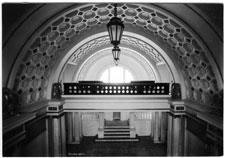
Lincoln Hall opened in 1911 as a memorial to the country's 16th president who, notably, authorized the Land Grant Act of 1862, which made the University's existence possible. However, the building has not seen a major renovation since the western wing was added to the building in 1930. The century of constant use has taken its toll.
“It is the second most heavily used classroom space on campus,” says LAS Dean Sarah Mangelsdorf. “It has 27 classrooms, where 16 percent of all instruction—that's one of every six instruction hours—takes place in Lincoln Hall. It is no wonder that the building is worn.”
To describe the building as shabby is being kind. Floor tiles are broken, as are seats in the theater where such rodents as possum and squirrels have been known to make unexpected appearances during lectures.
The funding from the state, coupled with additional funds from the University and private donors, will enable the University to preserve the building's shell and historically significant features while transforming it into a 21st century teaching space.
“That means all the mechanical, electrical, and telecommunications will be new, and it will be environmentally friendly, but all those beautiful architectural features that have meant so much to students and alumni will be retained,” says Tomaszewski.
Determining how to preserve the character of the building while modernizing it will call for careful compromises. An example is in the choice of windows, says Tomazewski. “The architects are looking for windows that retain the historical appearance of the old ones while meeting today's highest ratings for energy efficiency.” Another example is the Prairie-esque detailing in the hallways and classrooms that, too, will be preserved even as the interior is largely gutted.
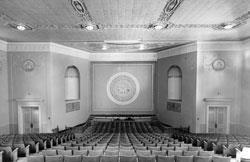
The building's Italian Renaissance exterior, including the priceless terra cotta panels that depict Abraham Lincoln's life, will all be restored to their original condition. Also slated for restoration will be the marble foyer and stairway and Lincoln Hall Theater. Good news for preservationists is that the 70-year-old theater will require fewer alterations than anticipated to bring it into compliance with accessibility standards. A few seats may be lost since the chairs will need to be widened to comply with current standards. However, the slope of the floor is fine and architects will be able to use the original iron seat frames, with their characteristic scroll work. The plasterwork, too, will be restored and repainted using the same colors as in 1930. The stage's 24' 10" x 30' curtain will be replaced.
The three-year-long project won't be without its inconveniences. Since the building will be evacuated, the hundreds of faculty and staff from the college's administrative offices, student academic affairs unit, and several departments—political science, sociology, and speech communication—will be shoe-horned into a much smaller space in the campus's Computer Applications Building on Springfield Avenue.
The inconvenience will be worthwhile to see the landmark once again a source of pride for the campus. If construction and funding proceeds as planned, the new energy-efficient, historically-sensitive structure will again be open for classes in fall 2011. Just in time for Lincoln Hall's 100th anniversary.
